
Rabbit Anti-HLA-DQA1 antibody
CD; CELIAC1; DC 1 alpha chain; DC alpha; DC-1 alpha chain; DC-alpha; DC1, included; DQ alpha 1 chain; DQ-A1; DQ-DRW9 alpha chain; DQA1_HUMAN; FLJ27088; FLJ27328; Gluten-sensitive enteropathy (celiac disease); GSE; HLA class II histocompatibility antigen;
View History [Clear]
Details
Product Name HLA-DQA1 Chinese Name 组织相容性抗原DQA1Recombinant rabbit monoclonal anti Alias CD; CELIAC1; DC 1 alpha chain; DC alpha; DC-1 alpha chain; DC-alpha; DC1, included; DQ alpha 1 chain; DQ-A1; DQ-DRW9 alpha chain; DQA1_HUMAN; FLJ27088; FLJ27328; Gluten-sensitive enteropathy (celiac disease); GSE; HLA class II histocompatibility antigen; HLA class II histocompatibility antigen, DQ alpha 1 chain; HLA class II histocompatibility antigen, DQ(W3) alpha chain; HLA-DCA; HLA-DQA; HLA-DQA1; HLA-DQA1 major histocompatibility complex, class II, DQ alpha 1; HLADC histocompatibility type; Immune response antigens HIa, included; leucocyte antigen DQA1; leukocyte antigen alpha chain; Major histocompatibility complex, class II, DQ alpha 1; MGC149527; MHC class II antigen; MHC class II DQA1; MHC class II HLA-D alpha glycoprotein; MHC class II HLA-DQ alpha 1; MHC class II surface glycoprotein; MHC HLA-DQ alpha; OTTHUMP00000029141; OTTHUMP00000176885; OTTHUMP00000178551; OTTHUMP00000178552; OTTHUMP00000233817. Research Area Cell biology immunology Transporter Immunogen Species Rabbit Clonality Monoclonal Clone NO. 8C1 React Species Human, Mouse, Rat, Applications WB=1:500-2000 IP=1:10-50 IHC-P=1:50-200 IHC-F=1:50-200 IF=1:50-200 (Paraffin sections need antigen repair)
not yet tested in other applications.
optimal dilutions/concentrations should be determined by the end user.Theoretical molecular weight 26kDa Cellular localization The cell membrane Form Liquid Concentration 1mg/ml immunogen KLH conjugated synthetic peptide derived from human HLA-DQA1 Lsotype IgG Purification affinity purified by Protein A Buffer Solution 0.01M TBS(pH7.4) with 1% BSA, 0.03% Proclin300 and 50% Glycerol. Storage Shipped at 4℃. Store at -20 °C for one year. Avoid repeated freeze/thaw cycles. Attention This product as supplied is intended for research use only, not for use in human, therapeutic or diagnostic applications. PubMed PubMed Product Detail Binds peptides derived from antigens that access the endocytic route of antigen presenting cells (APC) and presents them on the cell surface for recognition by the CD4 T-cells. The peptide binding cleft accomodates peptides of 10-30 residues. The peptides presented by MHC class II molecules are generated mostly by degradation of proteins that access the endocytic route, where they are processed by lysosomal proteases and other hydrolases. Exogenous antigens that have been endocytosed by the APC are thus readily available for presentation via MHC II molecules, and for this reason this antigen presentation pathway is usually referred to as exogenous. As membrane proteins on their way to degradation in lysosomes as part of their normal turn-over are also contained in the endosomal/lysosomal compartments, exogenous antigens must compete with those derived from endogenous components. Autophagy is also a source of endogenous peptides, autophagosomes constitutively fuse with MHC class II loading compartments. In addition to APCs, other cells of the gastrointestinal tract, such as epithelial cells, express MHC class II molecules and CD74 and act as APCs, which is an unusual trait of the GI tract. To produce a MHC class II molecule that presents an antigen, three MHC class II molecules (heterodimers of an alpha and a beta chain) associate with a CD74 trimer in the ER to form an heterononamer. Soon after the entry of this complex into the endosomal/lysosomal system where antigen processing occurs, CD74 undergoes a sequential degradation by various proteases, including CTSS and CTSL, leaving a small fragment termed CLIP (class-II-associated invariant chain peptide). The removal of CLIP is facilitated by HLA-DM via direct binding to the alpha-beta-CLIP complex so that CLIP is released. HLA-DM stabilizes MHC class II molecules until primary high affinity antigenic peptides are bound. The MHC II molecule bound to a peptide is then transported to the cell membrane surface. In B cells, the interaction between HLA-DM and MHC class II molecules is regulated by HLA-DO. Primary dendritic cells (DCs) also to express HLA-DO. Lysosomal miroenvironment has been implicated in the regulation of antigen loading into MHC II molecules, increased acidification produces increased proteolysis and efficient peptide loading.
Subcellular Location:
Cell membrane. Endoplasmic reticulum membrane. Golgi apparatus > trans-Golgi network membrane. Endosome membrane. Lysosome membrane. The MHC class II complex transits through a number of intracellular compartments in the endocytic pathway until it reaches the cell membrane for antigen presentation.
Similarity:
Belongs to the MHC class II family.
Contains 1 Ig-like C1-type (immunoglobulin-like) domain.
SWISS:
P01909
Gene ID:
3117
Database links:Entrez Gene: 100133678 Human
Entrez Gene: 100507686 Human
Entrez Gene: 100509457 Human
Entrez Gene: 3117 Human
Omim: 146880 Human
SwissProt: P01909 Human
Unigene: 387679 Human
Unigene: 591798 Human
Unigene: 706240 Human
Product Picture
Lane 1: Mouse Pancreas lysates
Lane 2: Mouse Spleen lysates
Lane 3: Mouse Lymph node lysates
Lane 4: Rat Pancreas lysates
Lane 5: Rat Spleen lysates
Lane 6: Rat Lymph node lysates
Lane 7: Human Raji Cell Lysates
Primary: Anti- HLA-DQA1 (SLM-54201R) at 1/1000 dilution
Secondary: IRDye800CW Goat Anti-Rabbit IgG at 1/20000 dilution
Predicted band size: 26 kDa
Observed band size: 30 kDa
Paraformaldehyde-fixed, paraffin embedded (mouse spleen); Antigen retrieval by boiling in sodium citrate buffer (pH6.0) for 15min; Block endogenous peroxidase by 3% hydrogen peroxide for 20 minutes; Blocking buffer (normal goat serum) at 37°C for 30min; Antibody incubation with (HLA-DQA1) Monoclonal Antibody, Unconjugated (SLM-54201R) at 1:200 overnight at 4°C, followed by operating according to SP Kit(Rabbit) (sp-0023) instructionsand DAB staining.Paraformaldehyde-fixed, paraffin embedded (rat spleen); Antigen retrieval by boiling in sodium citrate buffer (pH6.0) for 15min; Block endogenous peroxidase by 3% hydrogen peroxide for 20 minutes; Blocking buffer (normal goat serum) at 37°C for 30min; Antibody incubation with (HLA-DQA1) Monoclonal Antibody, Unconjugated (SLM-54201R) at 1:200 overnight at 4°C, followed by operating according to SP Kit(Rabbit) (sp-0023) instructionsand DAB staining.Paraformaldehyde-fixed, paraffin embedded (mouse lung); Antigen retrieval by boiling in sodium citrate buffer (pH6.0) for 15min; Block endogenous peroxidase by 3% hydrogen peroxide for 20 minutes; Blocking buffer (normal goat serum) at 37°C for 30min; Antibody incubation with (HLA-DQA1) Monoclonal Antibody, Unconjugated (SLM-54201R) at 1:200 overnight at 4°C, followed by operating according to SP Kit(Rabbit) (sp-0023) instructionsand DAB staining.Paraformaldehyde-fixed, paraffin embedded (human tonsil); Antigen retrieval by boiling in sodium citrate buffer (pH6.0) for 15min; Block endogenous peroxidase by 3% hydrogen peroxide for 20 minutes; Blocking buffer (normal goat serum) at 37°C for 30min; Antibody incubation with (HLA-DQA1) Monoclonal Antibody, Unconjugated (SLM-54201R) at 1:200 overnight at 4°C, followed by operating according to SP Kit(Rabbit) (sp-0023) instructionsand DAB staining.Paraformaldehyde-fixed, paraffin embedded (human colon carcinoma); Antigen retrieval by boiling in sodium citrate buffer (pH6.0) for 15min; Block endogenous peroxidase by 3% hydrogen peroxide for 20 minutes; Blocking buffer (normal goat serum) at 37°C for 30min; Antibody incubation with (HLA-DQA1) Monoclonal Antibody, Unconjugated (SLM-54201R) at 1:200 overnight at 4°C, followed by operating according to SP Kit(Rabbit) (sp-0023) instructionsand DAB staining.Paraformaldehyde-fixed, paraffin embedded (rat thymus); Antigen retrieval by boiling in sodium citrate buffer (pH6.0) for 15min; Block endogenous peroxidase by 3% hydrogen peroxide for 20 minutes; Blocking buffer (normal goat serum) at 37°C for 30min; Antibody incubation with (HLA-DQA1) Monoclonal Antibody, Unconjugated (SLM-54201R) at 1:200 overnight at 4°C, followed by operating according to SP Kit(Rabbit) (sp-0023) instructionsand DAB staining.Paraformaldehyde-fixed, paraffin embedded (mouse thymus); Antigen retrieval by boiling in sodium citrate buffer (pH6.0) for 15min; Block endogenous peroxidase by 3% hydrogen peroxide for 20 minutes; Blocking buffer (normal goat serum) at 37°C for 30min; Antibody incubation with (HLA-DQA1) Monoclonal Antibody, Unconjugated (SLM-54201R) at 1:200 overnight at 4°C, followed by operating according to SP Kit(Rabbit) (sp-0023) instructionsand DAB staining.Paraformaldehyde-fixed, paraffin embedded (human lung carcinoma); Antigen retrieval by boiling in sodium citrate buffer (pH6.0) for 15min; Block endogenous peroxidase by 3% hydrogen peroxide for 20 minutes; Blocking buffer (normal goat serum) at 37°C for 30min; Antibody incubation with (HLA-DQA1) Monoclonal Antibody, Unconjugated (SLM-54201R) at 1:200 overnight at 4°C, followed by operating according to SP Kit(Rabbit) (sp-0023) instructionsand DAB staining.Paraformaldehyde-fixed, paraffin embedded (mouse lymphoid); Antigen retrieval by boiling in sodium citrate buffer (pH6.0) for 15min; Block endogenous peroxidase by 3% hydrogen peroxide for 20 minutes; Blocking buffer (normal goat serum) at 37°C for 30min; Antibody incubation with (HLA-DQA1) Monoclonal Antibody, Unconjugated (SLM-54201R) at 1:200 overnight at 4°C, followed by operating according to SP Kit(Rabbit) (sp-0023) instructionsand DAB staining.Paraformaldehyde-fixed, paraffin embedded (rat lymphoid); Antigen retrieval by boiling in sodium citrate buffer (pH6.0) for 15min; Block endogenous peroxidase by 3% hydrogen peroxide for 20 minutes; Blocking buffer (normal goat serum) at 37°C for 30min; Antibody incubation with (HLA-DQA1) Monoclonal Antibody, Unconjugated (SLM-54201R) at 1:200 overnight at 4°C, followed by operating according to SP Kit(Rabbit) (sp-0023) instructionsand DAB staining.Paraformaldehyde-fixed, paraffin embedded (mouse colon); Antigen retrieval by boiling in sodium citrate buffer (pH6.0) for 15min; Block endogenous peroxidase by 3% hydrogen peroxide for 20 minutes; Blocking buffer (normal goat serum) at 37°C for 30min; Antibody incubation with (HLA-DQA1) Monoclonal Antibody, Unconjugated (SLM-54201R) at 1:200 overnight at 4°C, followed by operating according to SP Kit(Rabbit) (sp-0023) instructionsand DAB staining.
References (0)
No References
Bought notes(bought amounts latest0)
No one bought this product
User Comment(Total0User Comment Num)
- No comment
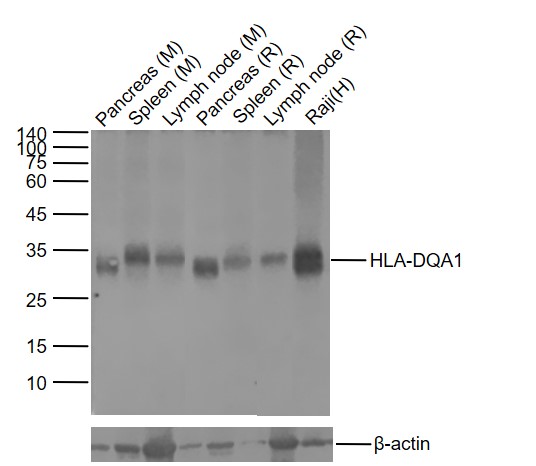
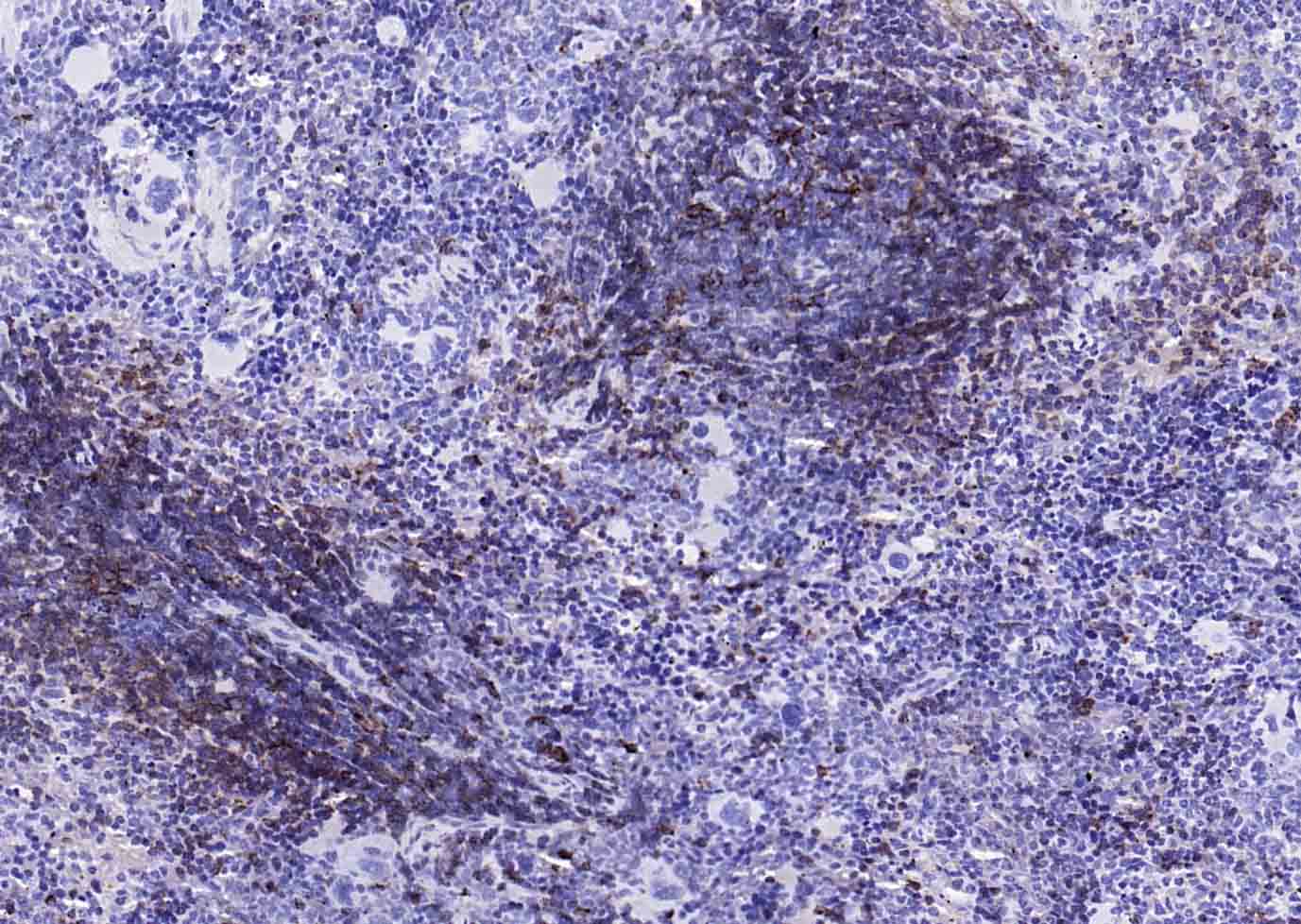
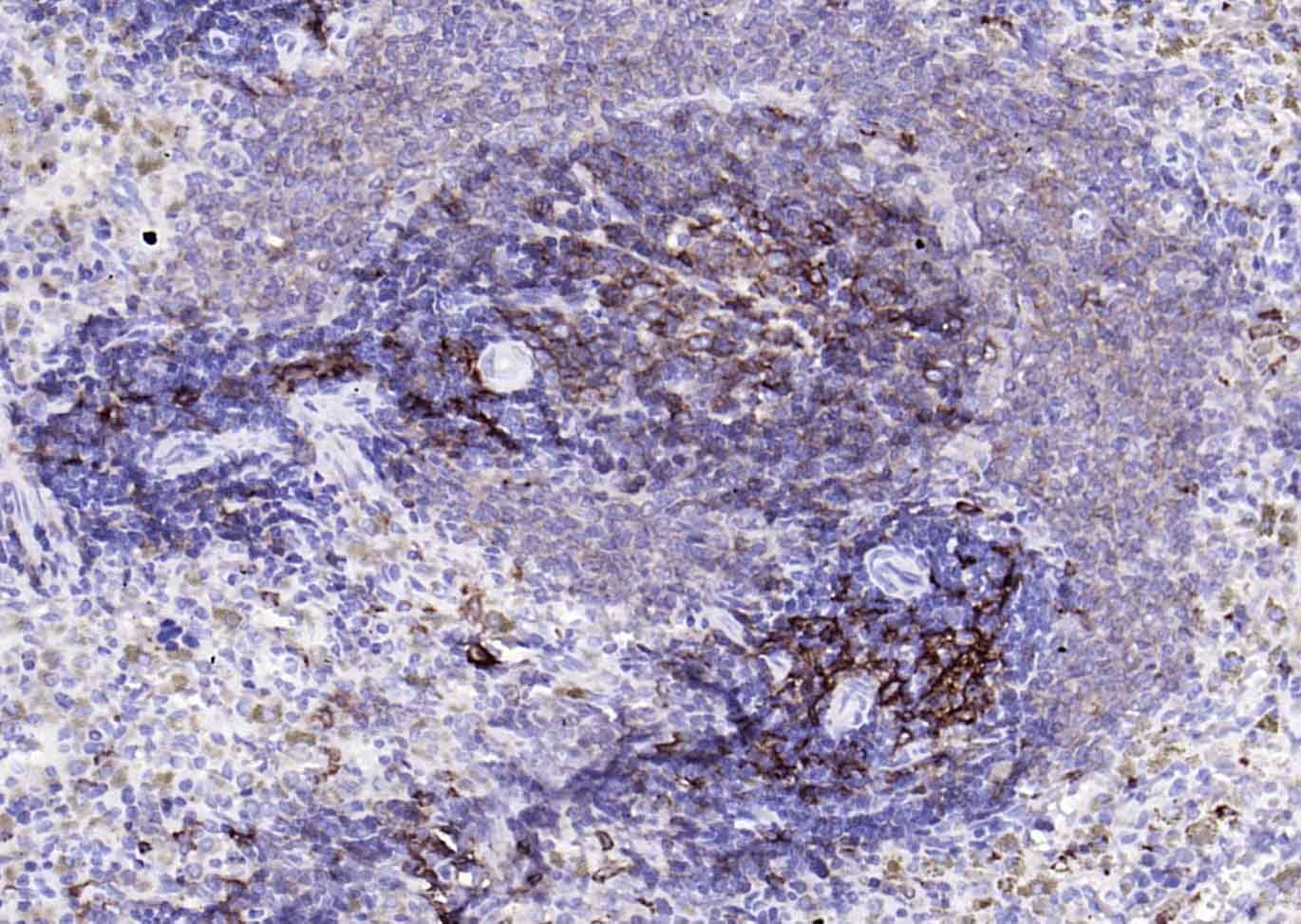
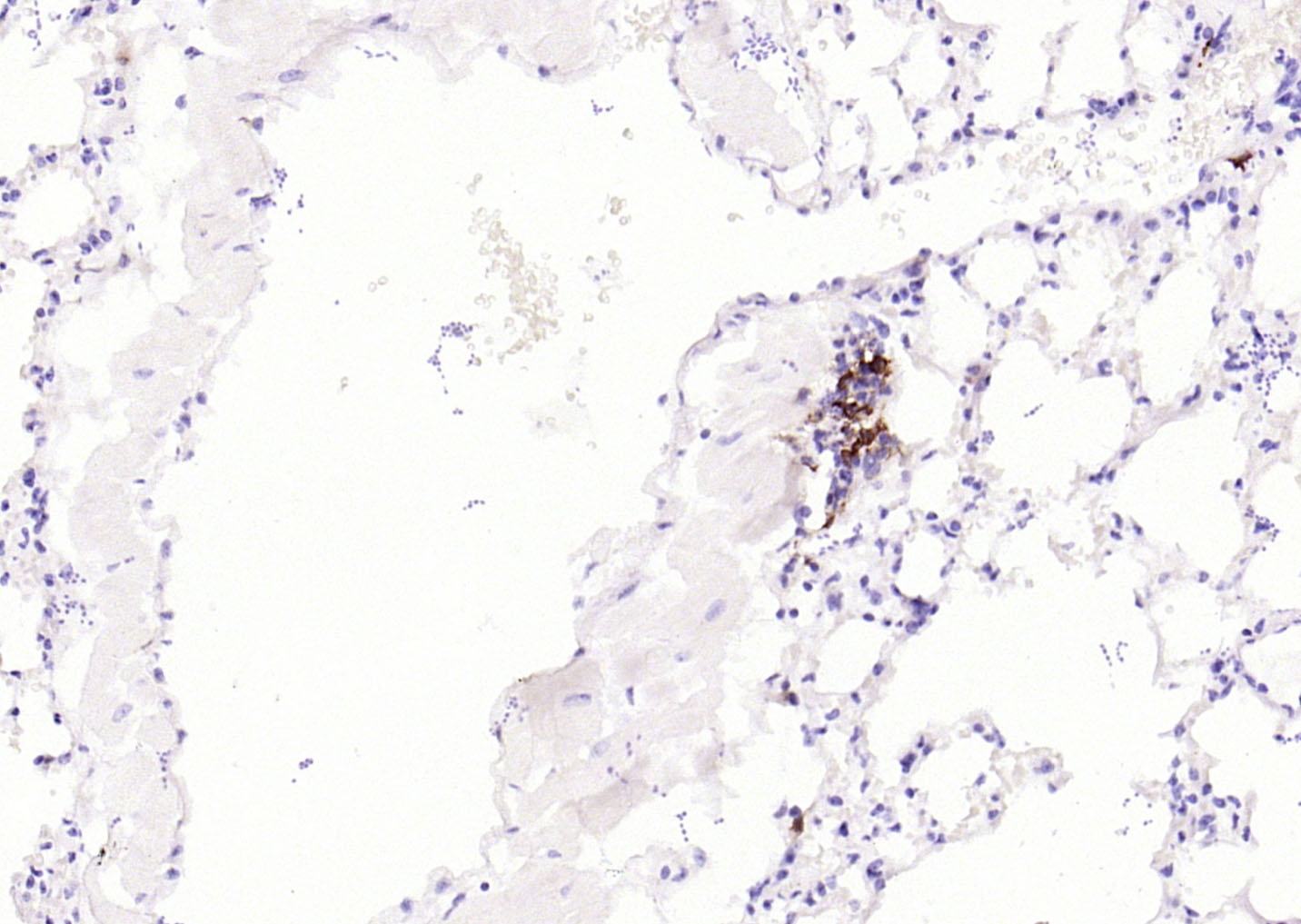
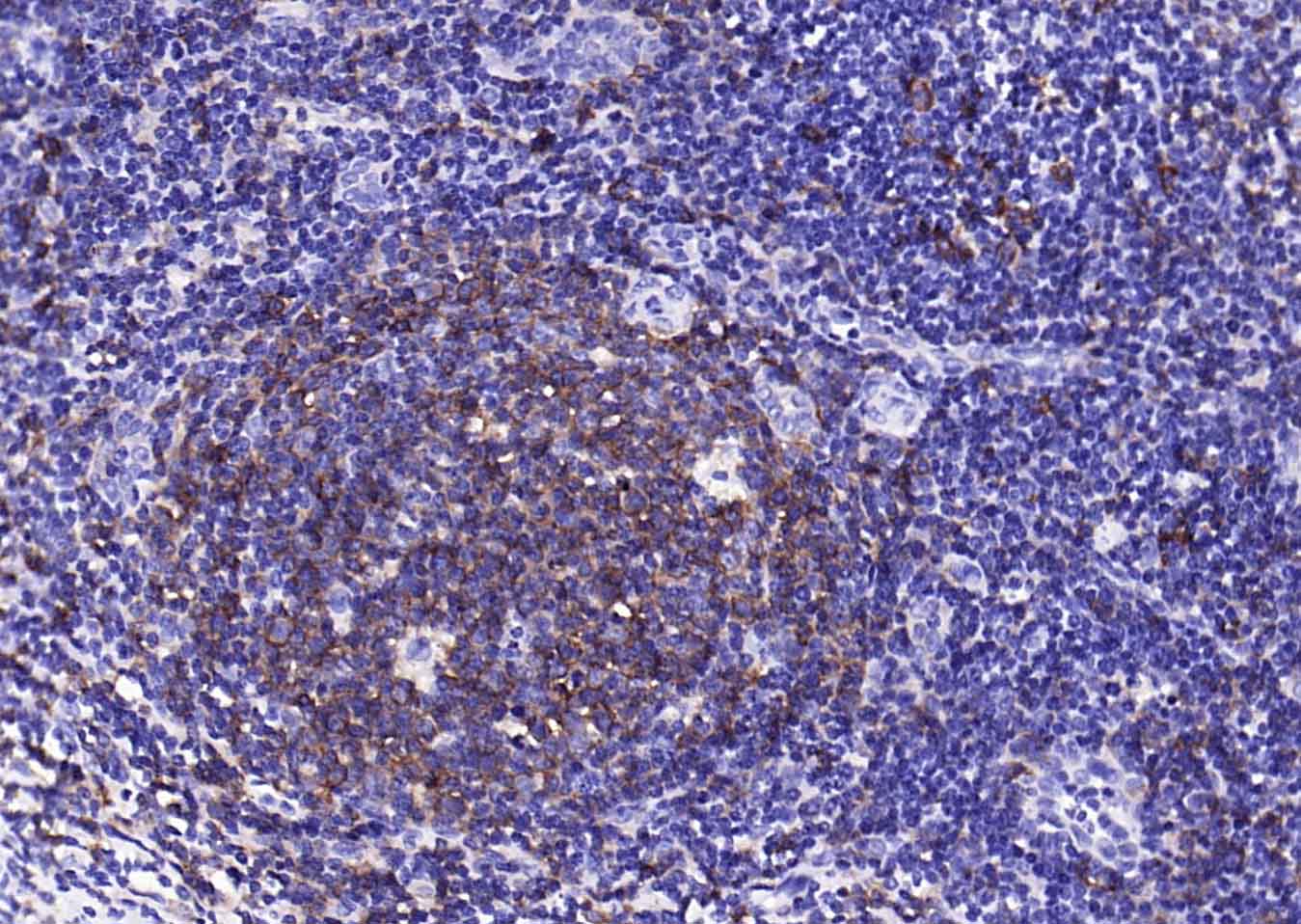
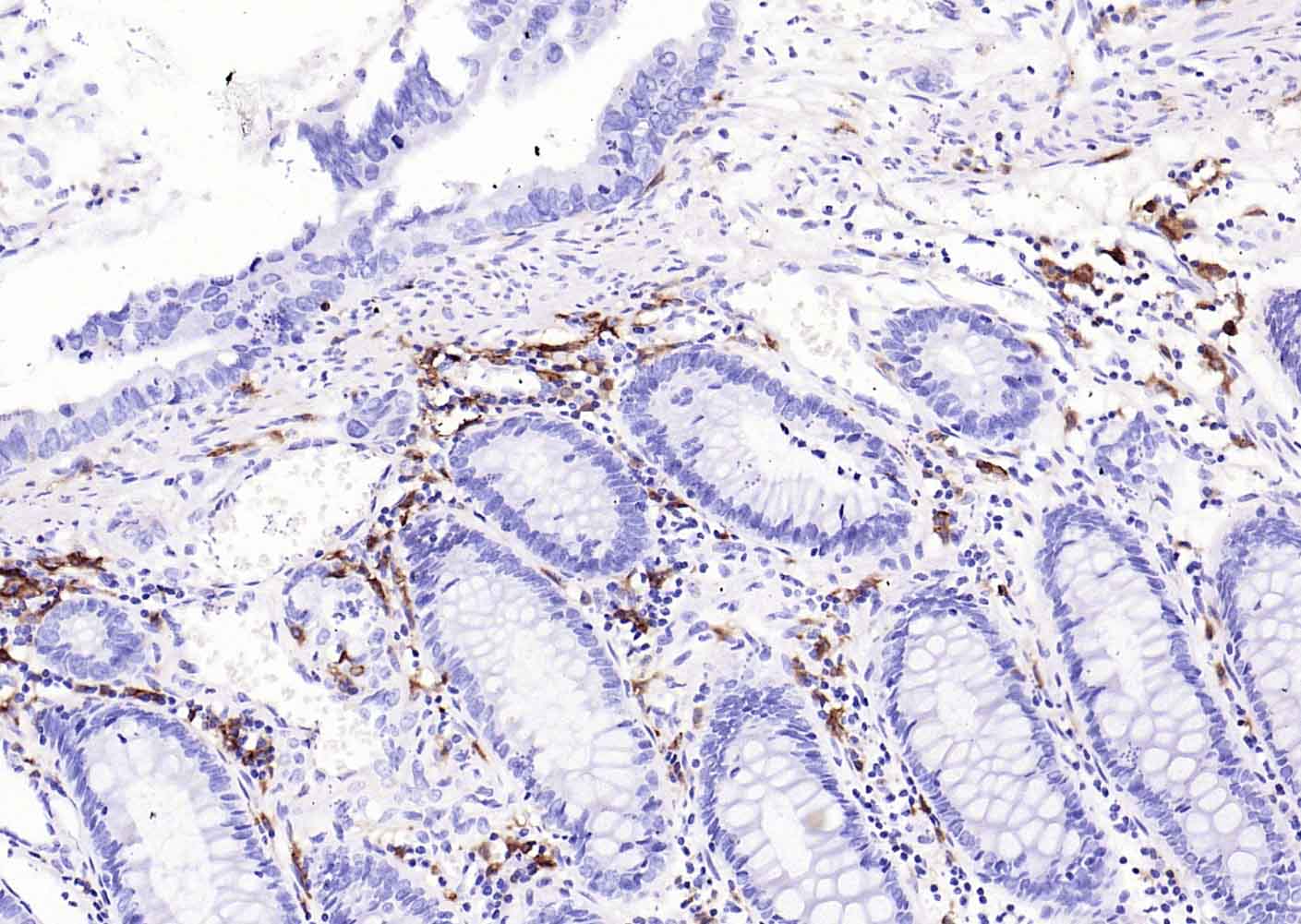
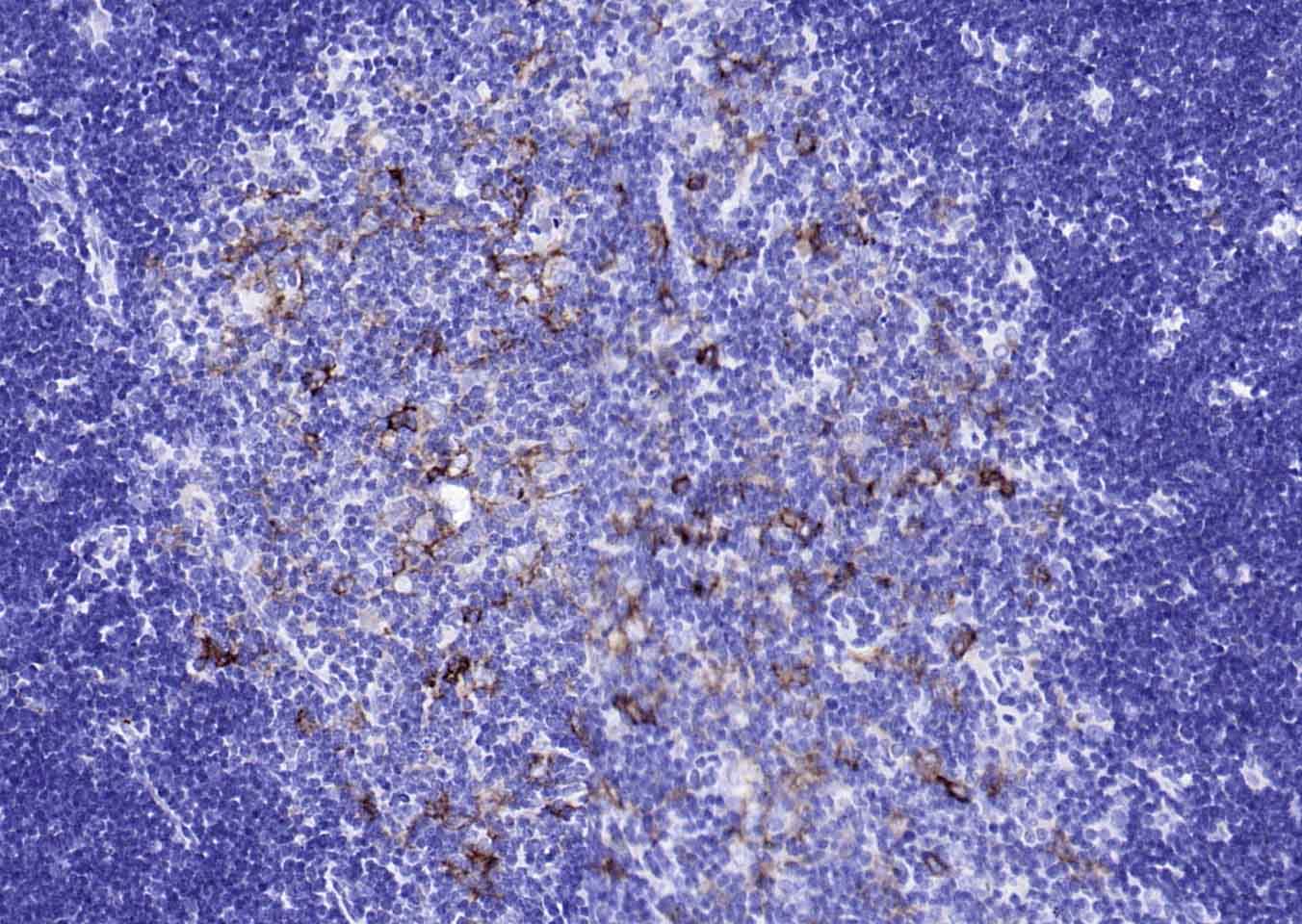
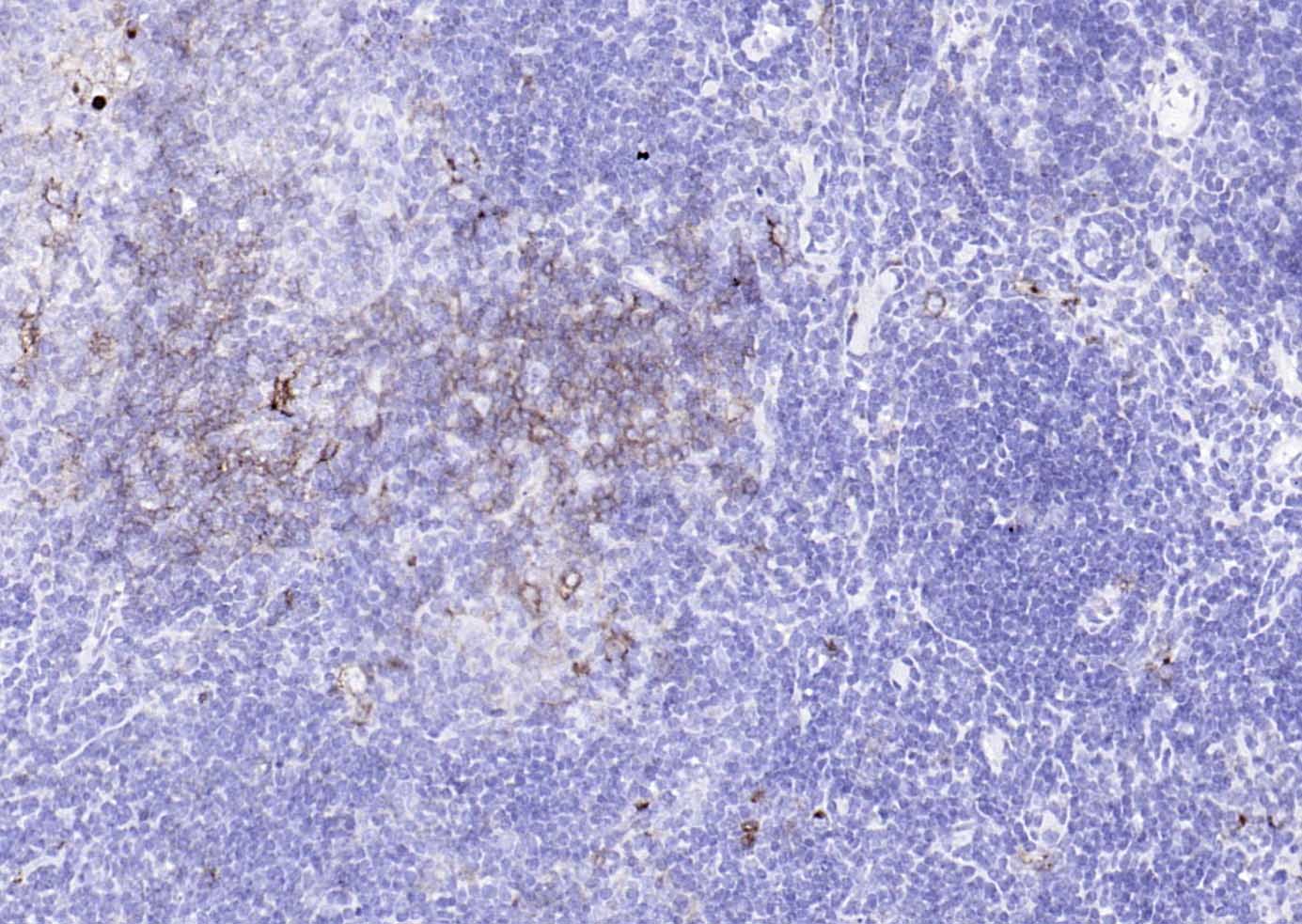
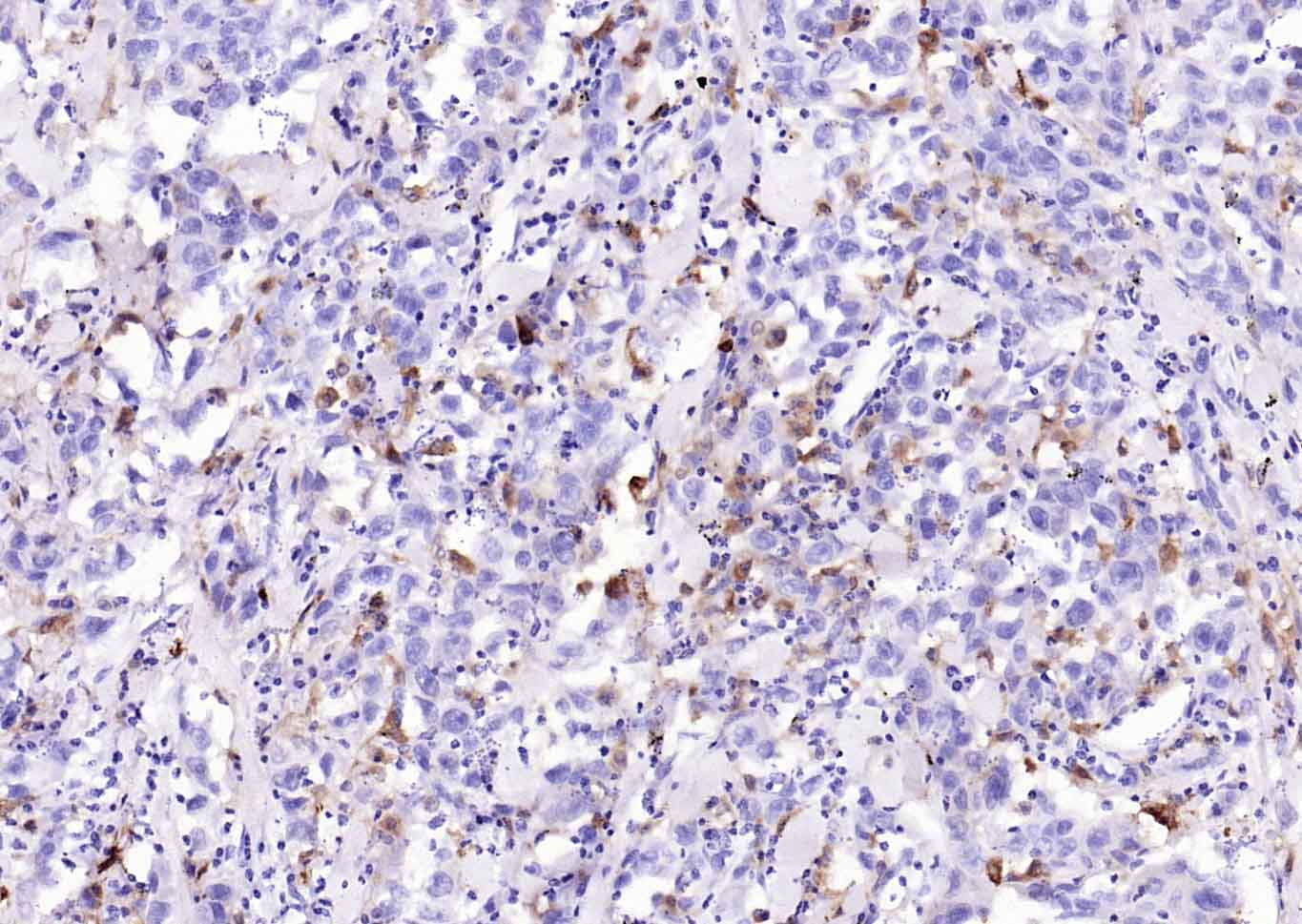
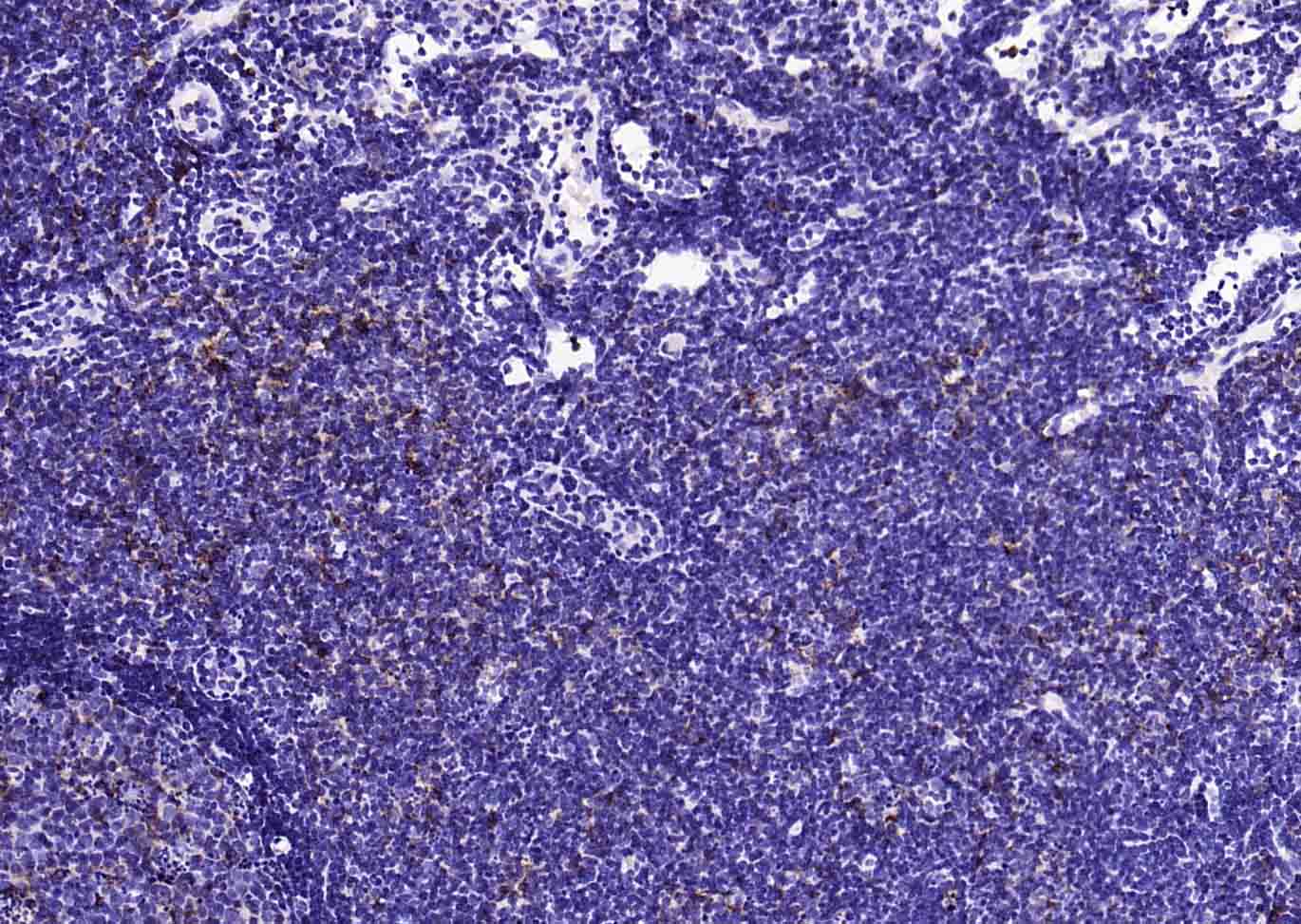
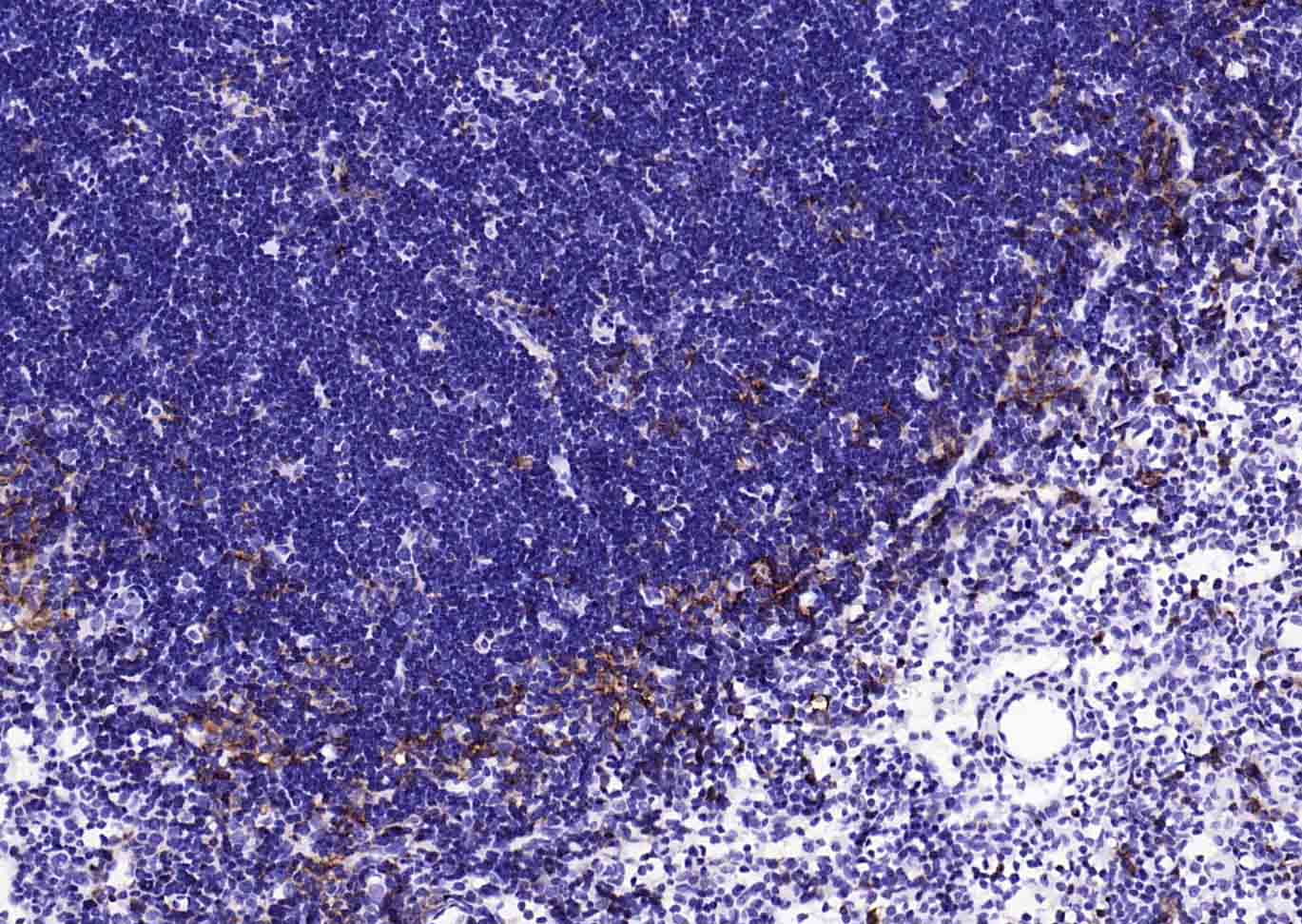
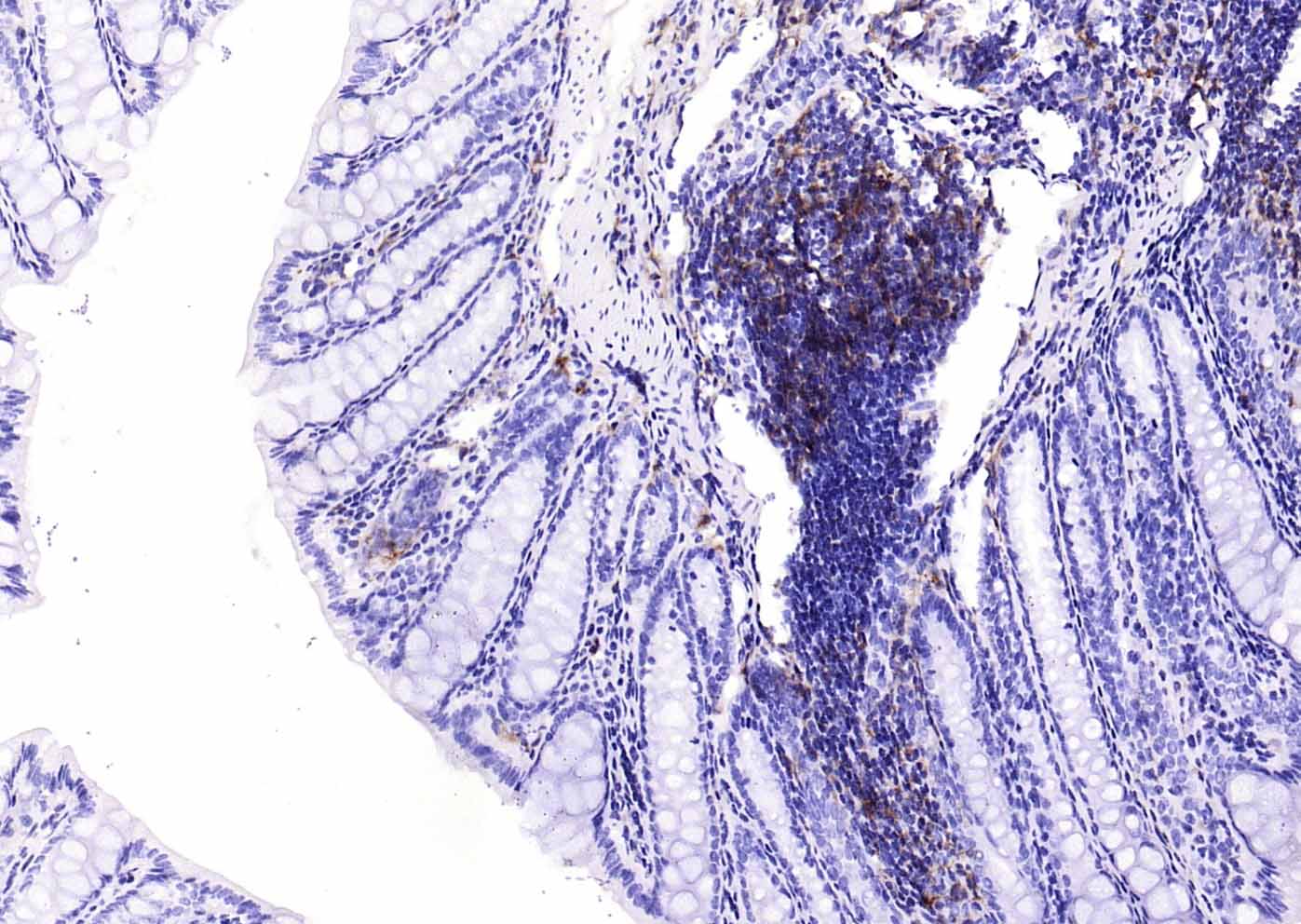


 +86 571 56623320
+86 571 56623320
 +86 18668110335
+86 18668110335

